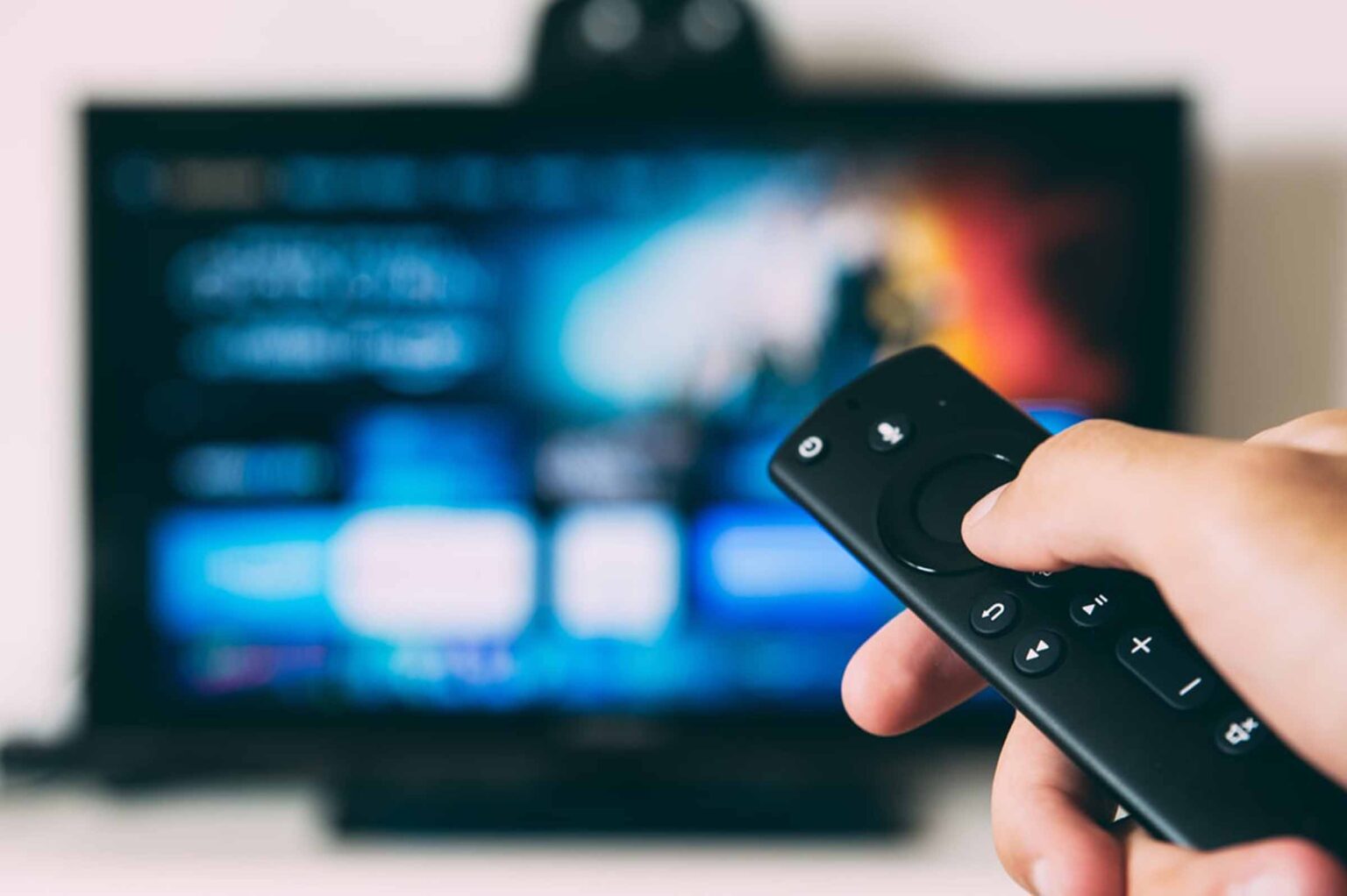
How On-demand Services Changed the Way We Consume Entertainment
In the era of attention economics where an overabundance of information has made a commodity out of consumers’ attention, accessibility is what drives the entertainment industry forward. The time when streaming technology was able to disrupt long-established industries was when it was mature enough to provide sources of entertainment at lower costs and in more convenient ways.
The concept of on-demand services is not particularly novel but the staggering pace of advances in infrastructure over the last decade has unleashed its true potential in shaping how media and entertainment are consumed. With the gaming industry stepping in, media-on-demand services are now strongly present in all popular entertainment industries and they are here to stay.

Smart Entertainment
On-demand entertainment has given unprecedented power and choice to the consumers. If a piece of content doesn’t emotionally engage, the audience can move on in a matter of seconds. This has created an environment where creators, writers, and artists need to be smarter and better at grabbing the audience’s attention otherwise, they get lost in the ocean of mediocrity. On-demand android apps like Cinema HD APK are popular these days that are giving the flexibility of its user to consume entertainment anytime they want.
Industry players are all competing for the consumers’ time and attention and we are now living in a world where they have to serve the consumer very personally and very intelligently in order to be able to succeed. This calls for risks being taken with new ideas and new talents from all around the world which helps the entertainment industry as a whole to thrive.

Film and Television Industries
Perhaps streaming movies is the most prominent example of on-demand entertainment and while YouTube was the first popular video streaming platform, Netflix is responsible for revolutionizing the film and television industries.
Netflix was founded as a mail-order DVD service in Scotts Valley, California in 1997. Netflix differed from companies like Blockbuster in that instead of brick-and-mortar rental shops, they delivered entertainment right to the customer’s door. It took them 10 years until they expanded their services to internet video-on-demand. This was a revolutionary way of watching TV as the audience could watch what they wanted whenever they wanted as opposed to the scheduled broadcasting of the conventional TV networks. This model contributed to the emergence of the binge-watching phenomenon which even helped some shows that struggled to keep the viewers’ attention on a weekly basis.
Today, Netflix is an industry giant with more than 209 million paying members and is not the only player in the scene. Streaming services like Hulu, Amazon Prime Video, Disney +, YouTube TV, and many others all have their fair share of the market and this is a testament to the depth of the change we have experienced in movie and TV viewing behaviors,

Music Industry
Today, streaming is the primary way of consuming music. We longer own the songs we listen to but rather, we pay monthly fees to gain access to them. Up until the late 90s, if we came across a tune that we liked, our ways of accessing it was through either waiting for radio or TV to broadcast it or heading down to a record store and paying 10 to 20 dollars to buy the whole album. In those times, the music industry was very lucrative and record labels profited massively as a result.
It was in June 1999 that Napster, a peer-to-peer file-sharing software shifted the scene by providing a decentralized way for users to share music with each other. This created an unlimited library of music that people could download for free and paved the way for piracy. After lawsuits for copyright infringement, the platform was shut down but it more or less sparked a change in user behavior and the technology caused a paradigm shift.
Later, streaming helped the industry get back on track. Some companies went for the subscription-based business models while others resorted to advertisements but they were not very successful mainly due to their limited libraries of music. It was Spotify who managed to license a huge library and build the momentum for early traction and growth that eventually popularized the way we consume not only music but any other form of audio content today.

The Gaming Industry
On-demand services in the gaming industry—that is also known as gaming-on-demand or cloud gaming—are not as well established or well-received as in other industries mainly due to the higher complexity of the medium compared to the others. While in principle streaming a game is similar to streaming movies and TV shows, its interactive nature introduces new issues that haven’t been completely tackled. Sending input actions over the network with a lag minimal enough to provide a pleasant experience has proved to be a difficult and dreary challenge even for Giants like Google, Sony, and Microsoft. This is in part because much of the equation is out of their control as the internet infrastructure is not evenly developed around the world. Even in the US, half of the population doesn’t have access to a broadband connection decent enough to handle these types of services.
However, if the trends in other industries have taught us anything, gaming-on-demand will be the future of gaming and it’s only a matter of when not if that we see it revolutionize the way people engage in this interactive entertainment.



